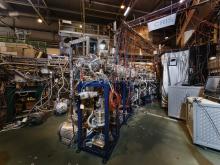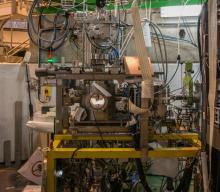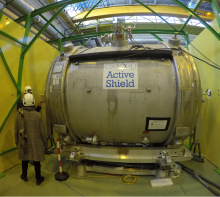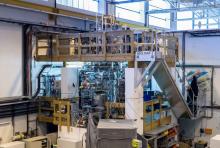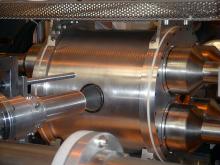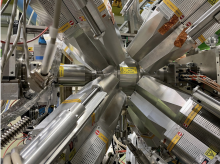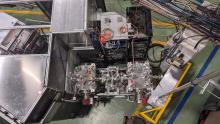Temporary experimental setups
The setups which come to ISOLDE for shorter periods are usually systems used for detection of specific decay modes of the studied nuclei. Some of them measure the gamma-rays and beta decay and strive to reconstruct the position of excited levels of the nucleus. Others use very fast gamma detectors which can say for how long different excited states live. There are setups which detect neutrons or protons, as well as alpha particles which are emitted in the decay of some nuclei. Also, systems to measure the millisecond to minute lifetime of different isotopes are used. The physics interest of these experiments spans from nuclear structure physics, through nuclear astrophysics, up to fundamental studies and applied science.

